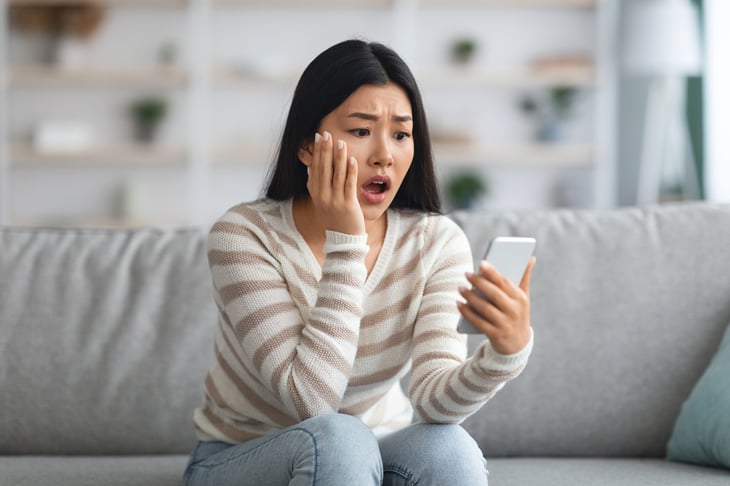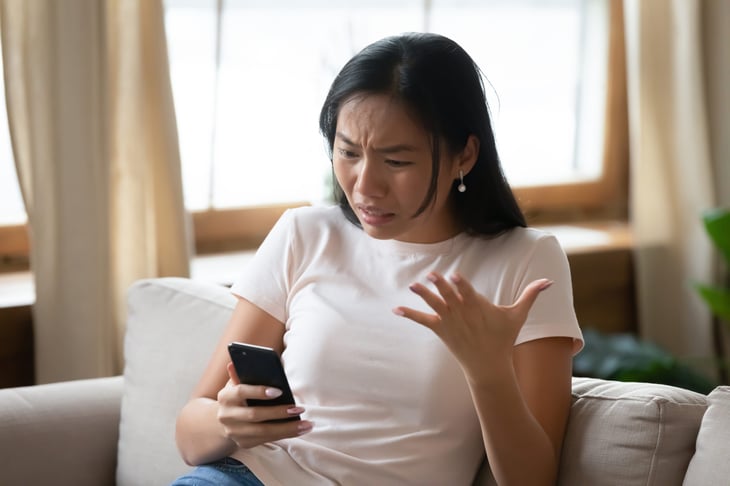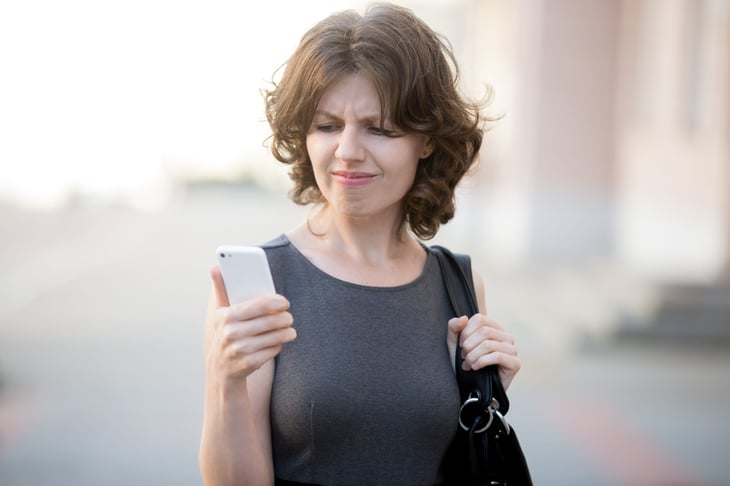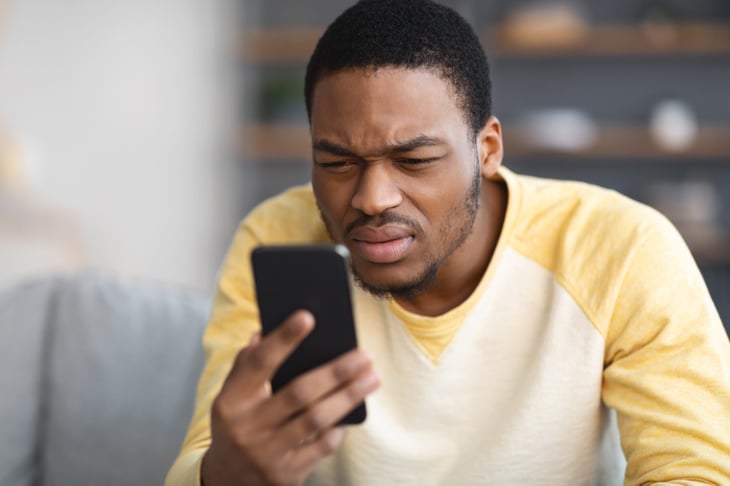
Editor's Note: This story originally appeared on Living on the Cheap.
When you’re out to dinner with a group and it’s time to split the tab, the odds keep getting better that someone is going to say “Let me Venmo you” instead of pulling out their wallet.
But while settling a tab between friends is a quick, easy and sensible use of a payment app, there are times when you might want to think twice before tapping an icon on your phone to send money.
Here’s what to know about when using a payment app makes sense and when it can unexpectedly cost you money.
Why people like payment apps

A 2022 Pew Research Center survey showed 76% of Americans had used a mobile payment app. Not surprisingly, the No. 1 reason given by users of payment apps is convenience.
For most people, this just means not having to worry about having the right number of ones and fives in your wallet to pay a friend back for a couple of beers at happy hour. (And the friend doesn’t have to worry about making change for a $20 bill.)
However, as you’ve probably heard, there’s really no such thing as a free (way to pay somebody back for) lunch. All payment apps have to make money for the companies that run them. That means that all of them charge fees for certain kinds of transactions.
If you think this makes payment apps sound a lot like your bank, you’re right — and wrong. Between fees and the fact that apps aren’t regulated in the same way as a bank, you can end up shelling out money you weren’t expecting to pay.
What to look out for when using payment apps

In general, convenience, affordability, security and reliability have made mobile payment apps widely popular. But there are some things to look out for involving fees.
I haven’t used all the popular payment apps, but the ones I’ve used make it very clear when you’re about to be charged a fee.
Here are a few charges you might face in certain situations.
Fees for paying through the app using a credit card account

Different payment apps have different rules for when payments aren’t free, but the biggest one involves the use of a credit card.
Not all peer-to-peer apps allow you to link to a credit card, but those that do usually charge a small fee — around 3% — for payments.
The hefty charges, though, come if your bank treats the payment as a cash advance on your credit card.
Then, your credit card issuer may charge an additional fee based on a dollar amount or percentage rate, plus other cash advance service fees, including a higher APR. If you don’t want to play this game of roulette, don’t link your payment app to a credit card.
Fees for instant transfers

If you want to transfer money from your app balance to your bank account, it’s typically free if you don’t mind waiting a few days for it to show up in your bank balance.
If you need the money right away, though, some apps will charge a fee for that convenience.
Fees for accepting payments for business transactions

Venmo and PayPal both charge fees to people who receive money in exchange for goods and services. Zelle’s rules depend on a business’ own banking institution.
If you have a side hustle and accept payments through Venmo or PayPal, this policy reduces your profit margin.
For buyers, the Venmo fee — which is paid by the seller — enables purchase protection for goods and services.
This brings us to our next topic: how paying through an app can provide significantly less protection than other methods of payment.
When paying with an app can hurt you

The bigger issues arise when you have a problem with a payment. For example …
‘No backsies’ when you send money to the wrong person

I thought I had a fairly unusual name, so I didn’t specify my user name when I asked a group of friends to pay me back for a wedding gift using a popular payment app.
Imagine my surprise when I found out that there was another individual with my same user name plus a “1” at the end — and my friend was afraid she’d just sent $50 to the wrong person.
As it turns out, my friend had used the right user name and the money came to me.
But if it hadn’t, she would have been out of luck if the money had already been transferred. Her only recourse would have been to ask the other user to send the money back to her and hope for the best.
To keep this from happening to you, always verify user names and phone numbers with the person you are sending money to, and check for typos before you confirm the transaction!
A lower level of consumer protection than you get from a credit card

There’s a reason Venmo started offering purchase protection, and it’s not all about profit. Many people are surprised to learn that they don’t have certain consumer protections or the ability to dispute a transaction when they use a payment app.
When you’re just splitting the cost of a wedding gift with your office mates, disputes are unlikely, but what if you pay for an item you never receive?
A 2021 report from the Public Interest Research Group states it simply: “Credit cards have stronger protections than debit cards. Apps have the least protection.”
Recommendations for using payment apps

The PIRG report offers the following recommendations about using payment apps, many of which are echoed by the mobile-payment companies themselves:
- Using a P2P app is like spending cash. Use it only for friends and others you know and trust.
- Review and set all your app privacy settings to the most secure options.
- If possible, keep one separate bank account to link to P2P accounts. Do not link P2P accounts to your primary account or one with a sizable balance. Consider linking your app to a credit card, which is safer than using a debit card or bank account.
- Be aware that money received through an app can be taken away if the transaction involved a hacked or fraudulently accessed account. For example, if someone buys a used bicycle from you using a hacked app account, the transaction could later be reversed — meaning you, the seller, sold your bike for nothing.
All financial transactions — including those done with cash, cards and checks — pose different kinds of risks. Knowing what payment methods are best for different situations can help keep you from picking up a tab in a way you never intended to.





Add a Comment
Our Policy: We welcome relevant and respectful comments in order to foster healthy and informative discussions. All other comments may be removed. Comments with links are automatically held for moderation.